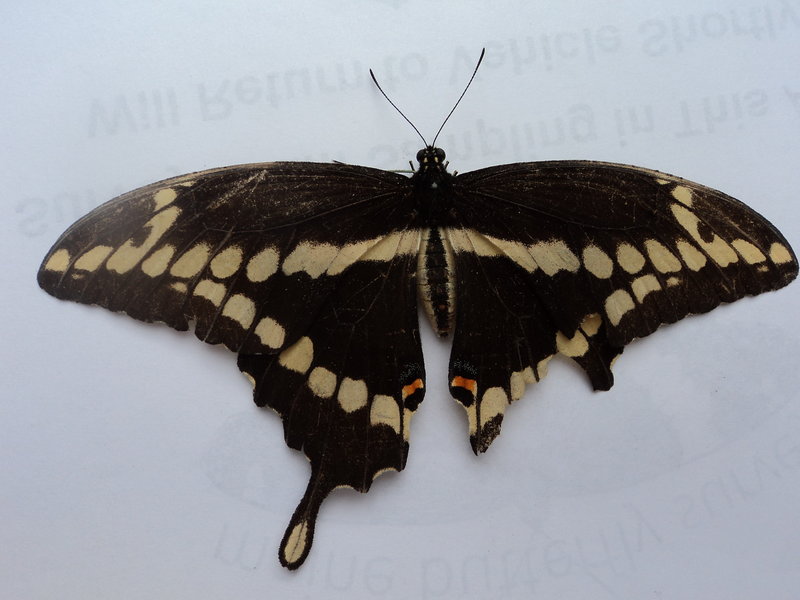I have written several times in this column about the value and utility of eBird (www.ebird.org). This online resource is a powerful way to share bird sightings with the world at large. eBird can be valuable if you are planning a trip to an unfamiliar location.
The data in eBird is used by ornithologists and environmental managers in research. Finally, eBird makes it easy to maintain your various life lists. You can see your world life list, or a life list for any country, state or county.
The lists can be produced for a single year or for all of your birding lifetime. Want to see how many species you saw in York County in 2009? No problem. eBird will search your records and provide your list.
The eBird personnel commonly report the number of eBird records submitted from various states. It’s no surprise that California and Texas usually lead these lists. These states have very large populations.
Jeff Hutchinson, a birder from Texas, takes issue with these lists. He points out that the number of eBird records standardized by state population size or area would be much more informative. He did that analysis and shared his results on the Texas Birds listserv.
He first calculated the number of eBird records per one million people in each state. The most intensively birded state: Alaska, with 3,376 records per million residents. And taking the silver medal is Maine, with 1,448 records per million residents. California and Texas are relatively poorly birded, with 184 and 332 eBird records per million residents.
Hutchinson suggests that Alaskans and Mainers are probably more nature-conscious than populations from states with large urban centers.
Hutchinson extended his analysis by standardizing eBird reporting for the size of the state. Maryland has the most eBird records per 1,000 square kilometers (152), New Jersey is second (105) and Massachusetts is third (99). Maine finishes a respectable 10th with 51 records per 1,000 square kilometers — not bad considering the low population density of our state. Alaska plummets to the bottom with only 1.4 records per 1,000 square kilometers in that huge state.
Finally, Hutchinson combined the two ways of standardizing the data into a single measure that takes into account both human population size, and state or province size.
It’s a bit like comparing apples and oranges, but the idea has merit. By his combined approach, Alaska is the most intensely birded state as measured by eBird records. The next four are Maryland, Massachusetts, New Jersey and Maine.
This interesting analysis indicates that Maine birders have embraced the eBird technology to a greater degree than birders in most other states. Furthermore, we are out in the field a lot. And why not? We have a marvelous bird fauna to observe and enjoy.
GIANT SWALLOWTAILS
I am one of the coordinators of the Maine Butterfly Survey, a seven-year project to map the distribution of butterflies in Maine.
This year we have reason to expect an influx of an unusual butterfly into the state. The giant swallowtail has been seen widely in Massachusetts and Vermont this summer, and we now have a few records for Maine. There is only one previous record of the species in Maine. If you see one of these large, spectacular butterflies, please send me an email.
The Maine Butterfly Survey requires documentation of any sighting before we accept the record. Photographs are perfectly fine means of documentation.
Giant swallowtails are distinctive butterflies. Black swallowtails are the most likely species with which they might be confused. The crossing of the yellow bands on the forewings of a giant swallowtail (making an X) does not occur with the two separate yellow bands of a black swallowtail. The underwings of the giant are mostly pale yellow, while the black swallowtail underwings are mostly black with a row of orange spots.
Herb Wilson teaches ornithology and other biology courses at Colby College. He welcomes reader comments and questions at:
whwilson@colby.edu
Send questions/comments to the editors.



Success. Please wait for the page to reload. If the page does not reload within 5 seconds, please refresh the page.
Enter your email and password to access comments.
Hi, to comment on stories you must . This profile is in addition to your subscription and website login.
Already have a commenting profile? .
Invalid username/password.
Please check your email to confirm and complete your registration.
Only subscribers are eligible to post comments. Please subscribe or login first for digital access. Here’s why.
Use the form below to reset your password. When you've submitted your account email, we will send an email with a reset code.